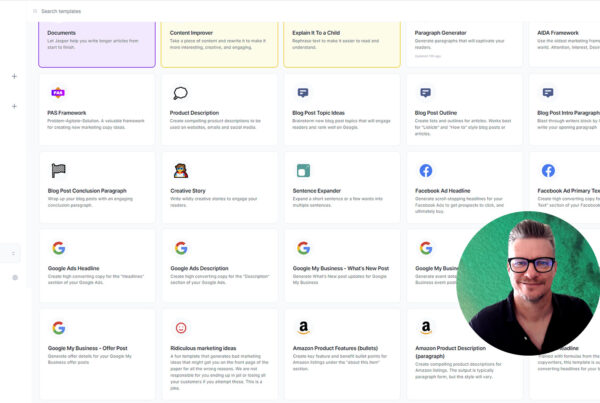We’ve had a lot of queries about search engines and how they work lately. There are many ways to get traffic to your website, but for the average small business they probably boil down to only four. These are outlined below simply, and you can always dig deeper later. The four main ways are:
- Traffic from search engines, known as search engine optimisation or SEO.
- Traffic from paid search ads, the pay-per-click (or PPC) text ads that appear in e.g. Google.
- Traffic from other advertising, such as newsletter advertising, e-mails, blogs, direct mail, print advertising, TV ads, radio spots, etc.
- Traffic from former visitors, e-mail newsletters that keep you in touch with visitors and customers.
But let’s start with the most basic and possibly the most important – traffic from search engines.
Traffic from Search Engines
SEO isn’t something you can just turn on. It would be great if we could just flick a switch and suddenly your website would be optimised and start receiving highly targeted search engine traffic. But, unfortunately, it just doesn’t work that way. Your website structure may need to be modified, text links rewritten, Titles and Meta descriptions created, and content overhauled. Even paid search can’t be turned on with the flick of a switch – keywords need to be defined, landing pages created, campaigns need to be set up, etc.
SEO needs time to age. After your website has been put into perfect SEO shape, it will start to receive more targeted search engine traffic. But even that is a slow process. Traffic will increase incrementally, and get better over time as the organic SEO work begins to mature.
SEO needs link popularity. Organic SEO is only half of the battle for more search engine visitors. The success of your SEO depends on the overall link popularity of your website. If your website has been around a long time and has already built up a lot of links, that will certainly help things go faster. However, most websites will need some additional work in this area.
SEO needs to be done in conjunction with other marketing. While SEO is a relatively inexpensive form of marketing, it shouldn’t be the only thing you do to gain business. SEO is very volatile and the search engines can change their formula or drop your website just like that. You should never count on the visitors you receive from organic search to always be there. Use it to supplement your other marketing, but always be aware that what Google giveth they can also taketh away. It’s a good idea to use other online marketing campaigns such as paid search, email marketing, blogging, social media marketing, etc., but also offline marketing such as direct mail, print advertising, radio spots, etc.
There’s a lot that goes into a successful SEO campaign; when done correctly it’s a worthwhile, long-term investment for nearly any business with a website. Just make sure to build it into your marketing plan from the start and not make it an afterthought.
Far and away, the least expensive traffic you’ll ever have to your website will come through the “natural” or “organic” search results on Google or Yahoo. To get traffic to your website for the search words or keywords that are important to your organisation, you need to do what is called Search Engine Optimisation or SEO.
SEO has two parts, each equally important: (1) webpage optimisation and (2) getting links back to your website.
1. Webpage Optimisation
Basically, webpage optimisation involves setting up each of your webpages so that it can be easily “understood” and indexed by the search engine robots or “spiders” that come calling.
Each webpage (except your homepage, of course) should be clearly focused on just a single topic. The more focused the better. Then you give the search engines spiders clues to the nature of this focus. The strategy is to use the main keywords for that page in the title tag, description metatag, headline or subheadings, and in your body text. You don’t stuff keywords everywhere; just make sure that you’re leaving a clear trail of clues as to the content. But webpage optimisation is just half of the equation.
The other half, and the harder task, is getting …
2. Incoming Links to Your Site
Search engine ranking formulas, known as “algorithms,” rank websites higher the more links they have that point to their website. Links are considered a kind of recommendation that a website is worth visiting. But getting links from websites that Google considers trustworthy isn’t easy. Start by submitting your website to various directories in your niche. Provide great content on your website that is worth linking to. Write articles that others would want to host on their websites, each with a link back to yours. Use blogging to get links. Exchange links with websites in your industry, called “reciprocal linking.” This work is inexpensive, but takes patience and constant work.
Search engine optimisation will take several months to get traffic flowing well, but don’t skip this step just because you’re in a hurry. SEO is an essential foundation for internet marketing.




